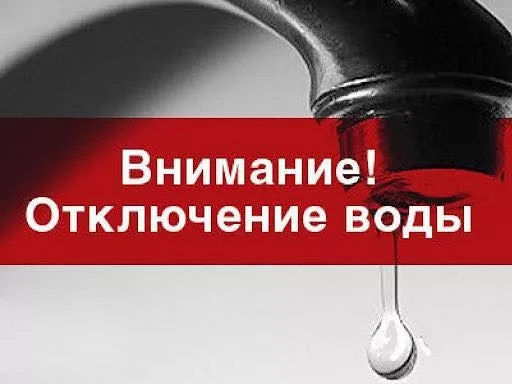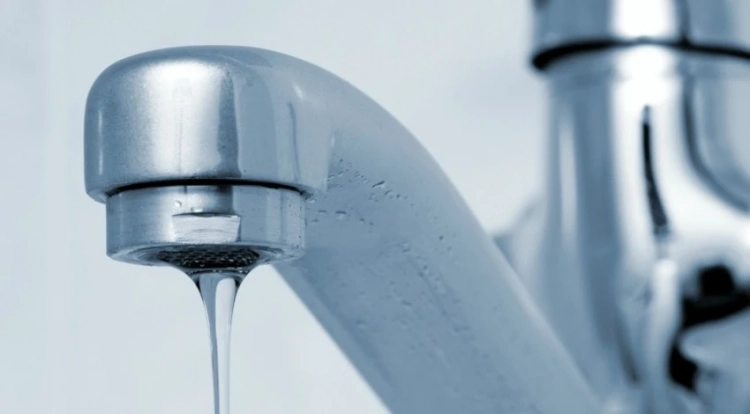
Water resources are surface and groundwater that are suitable for use in a given territory. The...

By the nature of water use, all modern sectors of the economy in the Chui Valley are usually...

Pollution, in a broad sense, is understood as the introduction of new (usually non-characteristic...

A research associate at the University of Navarra (UPNA) recently announced the development of...

Groundwater is one of the main water resources of the Kyrgyz Republic (KR). They are characterized...

Airtash Warm Waters were brought to the surface by wells drilled by the Makmal Geological...

The components and indicators that provide grounds for assessing water as mineral can include the...

It is unlikely that any of us has seriously thought about where the water goes when it is poured...

In the city of Bishkek, based on the Kyrgyz National Agrarian University named after K. I....

As of January 1, 2013, the territory of the Kyrgyz Republic, according to the State Registration...

The Aksu mineral water deposit is the most intensively exploited deposit of therapeutic table...

Among thermomineral waters, waters of this type occupy a special place; as a rule, being...

While the identification of most mineral waters requires various water analyses, and radon waters...
According to IQAir, as of October 21, 2025, in Bishkek at 17:00, the air quality index is 94 AQI....

The Alamedin Deposit is located 28 km south of Bishkek city in the middle reaches of the Alamedin...
According to IQAir data, as of October 22, 2025, at 16:00, the air quality index in Bishkek is 96...

To regulate emissions of harmful substances into the atmosphere, individual norms are used for...

Carbonated water in the Chaek well. For now, this is the only well of its kind in the republic...

Geoecological Condition and Requirements for Air Protection....

Waters without 'specific' components are distinguished only from a balneological point...

Currently, in the Chui Valley, with the formation of numerous small farms, peasant and other...

Hiking Filter. Part - 2 Viruses are extremely rare in natural water sources, but they are smaller...

Beshbelchir-Arashan Deposit has the warmest water among all manifestations of carbonated mineral...
As of October 23, 2025, at 11:00, the air quality index in Bishkek is 90 AQI. This value is...

Approximately a 2-hour journey from the Susamyr River is the Kekemeren River. The Kekemeren River...

Water Disinfection Sometimes a water source can raise significant concerns — what if there is a...

Thermal waters of Ugut are located on the left bank of the Naryn River, 110 km west of the city of...

Water resources are vital for the economy, humans, and the environment; they are the most...

Water - The Basis of Life The peoples of Central Asia and Kazakhstan, who roamed the endless...

On October 23, 2025, the supply of drinking water will be temporarily suspended in some areas of...

On the specified day, residents of the mentioned areas should take into account the temporary...

Tortkul Reservoir is a unique structure. It is located in the Batken region on the Isfara River....

Therapeutic Resources of Kyrgyzstan Currently, more than 120 natural mineral water springs have...

Uselik Carbonated Springs are the highest located outlets of carbonated mineral waters in...

It has been noted above that a significant part of the territory of the republic is subject to...

As a result of non-tectonic movements, intermountain depressions and mountain uplifts were formed....

Tan-mosho Ingredients: 0.5-1 liter of liquid (milk, water, or a mixture of both), 1/2 cup of...
- In the first nine months of 2025, the gross agricultural output of the country reached 348.4...

No matter how interesting the composition and properties of water manifestations may be, it is...

Kacharaltur Area is located on the same left bank of the Yassy River as Kara-Shoro, but 200 meters...

The carbonated water of Kara-Kiche is the most sulfate-rich among the carbonated mineral waters of...

Source Arkarsur is the most frequently visited outlet of carbonated waters by wild animals. Not to...

Karimov Tashmukhamed Khalmukhamedovich Candidate of Technical Sciences. Born in 1958. Graduated...

Of all the gases found on Earth, radon is the rarest and most expensive, although it is difficult...

How to Choose a Hiking Filter. When hiking, you often have to drink water from unclear rivers and...
From 9:00 AM to 4:00 PM on October 24, hot water supply will be temporarily suspended on Gogol...

All elements and conditions, as well as phenomena and bodies of nature, can be used in public...

Land Resources of Kyrgyzstan The climatic features dictate the development of agricultural sectors...